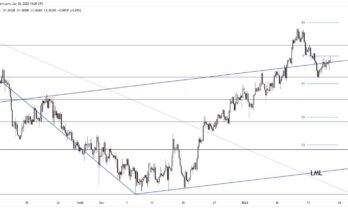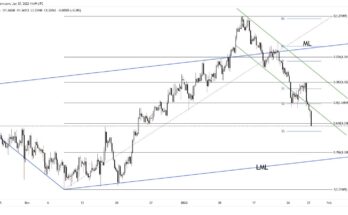After the EUR/USD plunged below 1.2000, it seems to be attempting a comeback. Will it succeed? The Technical Confluences Indicator shows that the pair faces a dense cluster of resistance lines on the way up. The 1.2010 level is the confluence of the Bolinger Band 15 minute Middle, the BB one-hour Middle, the Simple Moving Average-5-1hv, the Fibonacci 23.6% one-day, and more.
If a recovery pushes through this congestion area, the 1.2060 region is already packed with more substantial resistance levels: the SMA50-1h, the one-month low, the one-week low, the Pivot Point one-day R1, and more.
On the downside, the 1.1950 area is the confluence level of the Pivot Point one-day S1 and the Pivot Point one-month S1. Even lower, 1.1920 is the PP one-day S2.
All in all, there is more upside resistance than downside support.
Here is how it looks on the tool:

Confluence Detector
The Confluence Detector finds exciting opportunities using Technical Confluences. The TC is a tool to locate and point out those price levels where there is a congestion of indicators, moving averages, Fibonacci levels, Pivot Points, etc. Knowing where these congestion points are located is very useful for the trader, and can be used as a basis for different strategies.
This tool assigns a certain amount of “weight†to each indicator, and this “weight†can influence adjacents price levels. This means that one price level without any indicator or moving average but under the influence of two “strongly weighted†levels accumulate more resistance than their neighbors. In these cases, the tool signals resistance in apparently empty areas.
Learn more about Technical Confluence



